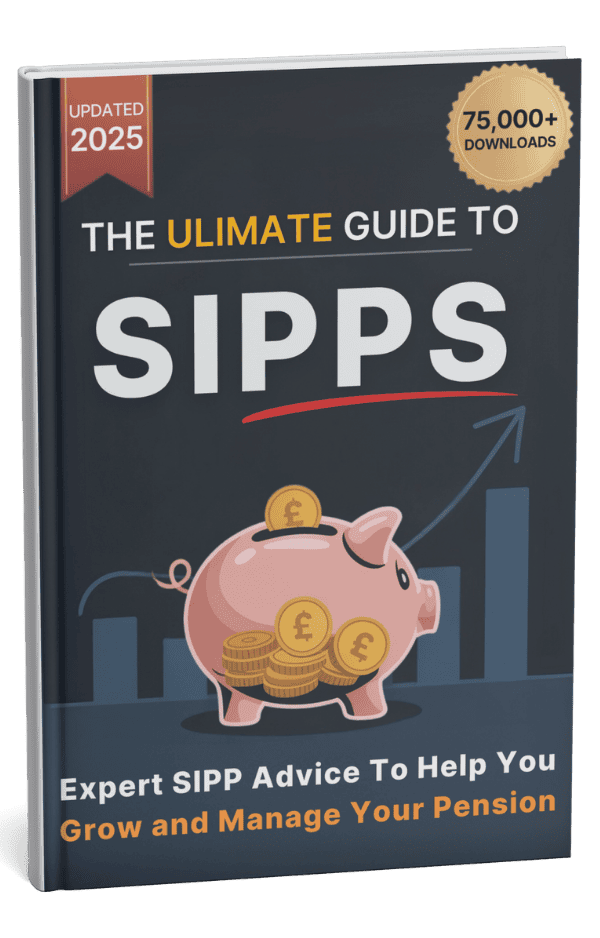SIPP (Self-Invested Personal Pension)
A flexible UK pension product that puts you in full control of how your retirement savings are invested. SIPPs allow you to choose from a wide range of investments—including individual shares, funds, bonds, and commercial property—within a tax-efficient wrapper. SIPPs differ from traditional pensions by offering broader investment selection and greater management responsibility.
SIPPs are known for their flexibility and the wide range of investment options offered as part of these products.
HMRC Pension Rules
These are the tax rules set by HM Revenue & Customs governing how you save into, invest in, and take money from your pension. HMRC rules specify how contributions qualify for tax relief, the annual and lifetime limits, rules for tax-free withdrawals, and rules on how pension assets are taxed when accessed or inherited.
FCA Regulation
The Financial Conduct Authority (FCA) oversees pension platforms, providers, and advisers. It sets standards to ensure pensions are marketed and managed in a way that protects consumers, including rules about product transparency, advice, and safeguarding of funds.
Ensure that the SIPP provider is regulated by the Financial Conduct Authority (FCA) and that your investments are covered by the Financial Services Compensation Scheme (FSCS).
Pension Transfer Advice
If you are considering moving pension funds with guaranteed benefits (such as final salary schemes) into a SIPP, UK law generally requires independent, regulated advice to ensure suitability and protect your interests through the transfer process.
Speak to your pensions advisor to find out how to weigh up the pros and cons of investing in a SIPP.
Annual Allowance
This is the yearly maximum for pension contributions that qualify for tax relief. For most savers, the standard annual allowance is £60,000 per tax year, but higher earners and those in certain circumstances may have their allowance reduced.
Lifetime Allowance (LTA)
The former cap on total pension benefits that could be built up tax efficiently during your lifetime. The LTA was abolished in 2024, meaning there is no longer an official cap, but the concept remains relevant for those with historic pensions structured under old rules.
Tax-Free Lump Sum (PCLS)
Usually up to 25% of your SIPP can be taken tax free when you access it, at the point of retirement or when funds are ‘crystallised’. The remainder is subject to income tax when withdrawn.
Income Drawdown
A flexible way to draw income from your pension while leaving the remaining pot invested for further potential growth. Income drawdown lets you adjust how much you take and when, subject to tax on withdrawals.
Uncrystallised Funds Pension Lump Sum (UFPLS)
This option allows you to take lump sums directly from your pension savings without moving into drawdown. Each payment is 25% tax free, with the remainder taxed at your marginal income rate.
Investment Platforms
These are the online services and portals used to manage your SIPP investments; platforms allow you to hold, buy, sell, and administer assets and display portfolio performance. Most platforms charge setup, management, and transaction fees.
SIPPs provide a wide platform for investing in funds, allowing investors to pool resources and diversify their portfolios.
Charges & Fees
Charges and fees include setup, annual platform fees, fund charges, dealing costs, transfer fees, and professional advice charges. They impact your overall investment returns and vary widely depending on chosen provider and investment activity.
Understanding a product’s fee structure is crucial as costs can erode your investment returns over time.
Defined Benefit Pension Transfer
Transferring a final salary or other scheme with safeguarded benefits into a SIPP. This is a complex process usually requiring regulated advice to ensure you understand the value being given up and the risks involved.
Pension Consolidation
Combining multiple pensions—from different employers, providers, or personal savings—into one SIPP. This can improve oversight, simplify management, and may save money on fees, but transferring some older schemes can have tax or access implications.
Asset Classes
Types of investments owned within a SIPP, including shares, bonds, cash, and property. Spreading investments across different classes is key for managing risk and returns.
Diversification
The strategy of spreading investments across different assets and markets to reduce risk and smooth returns, safeguarding against big losses from any single investment type.
Capital Gains Tax (CGT) Exemption
Any investment growth within a SIPP is exempt from capital gains tax. Tax may apply only when benefits are accessed, subject to rules for withdrawals and lump sums.
Inheritance Tax (IHT) Benefits
SIPP funds can usually be passed on free of inheritance tax if death occurs before age 75. After 75, withdrawals taken by beneficiaries may be taxed at their marginal rate. This makes SIPPs a valuable estate planning option.
Contribution Limits
Rules cap how much you or your employer can contribute to pensions each year and retain tax relief. Exceeding these limits can result in tax charges.
Carry Forward Rules
Carry forward rules let you use unused annual allowance entitlements from the previous three tax years, provided you meet eligibility requirements. This enables larger, tax-efficient pension contributions.
Pension Commencement Age
The earliest age at which pension benefits can normally be accessed is currently 55; this is rising to 57 from 2028 for most new pension savers, with some older schemes remaining at 55.
Flexi-Access Drawdown
The standard method since 2015 for taking flexible income from pension savings. Offers broad choice for withdrawals, while the rest of the pot remains invested for future growth.
Small Pots Rule
Allows pension pots under £10,000 to be taken as a lump sum with favorable tax treatment, even if you have started income drawdown elsewhere.
Death Benefits
Specifies how SIPP savings can be passed on to beneficiaries and the tax treatment applied. Before age 75, funds can usually be passed tax-free; after 75, income tax may apply to withdrawals taken by beneficiaries.
Money Purchase Annual Allowance (MPAA)
If you access flexible pension income from a SIPP, the annual allowance for pension contributions in future years drops from £60,000 to £10,000, limiting further tax-relieved savings.
Employer Contributions
Payments made from your employer into your SIPP. These receive corporation tax relief for the employer and count towards your total annual contribution limit, boosting your pension savings efficiently.





























 100% private. No pressure. Just friendly guidance.
100% private. No pressure. Just friendly guidance.


